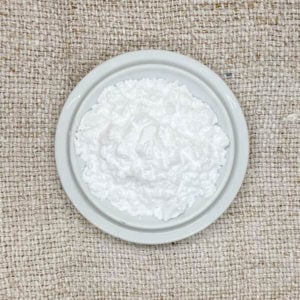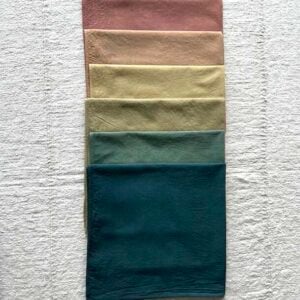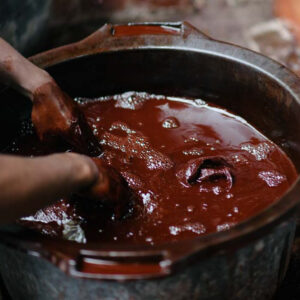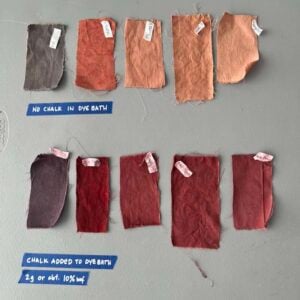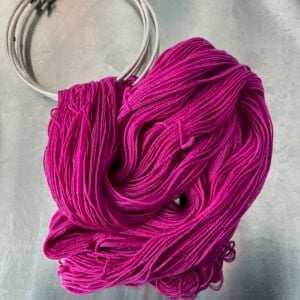Mordant Monday with The Dogwood Dyer: Dyeing with Thanksgiving Leftovers!
We decided to bring back this incredible tutorial that Liz Spencer of the The Dogwood Dyer created for us! She knows food waste and is a master at turning what most would throw away, into things of beauty. We asked Liz Spencer, the driving force behind The Dogwood Dyer, if she could put together a how-to for us using onion skins. She came back to us with this Dyeing with Thanksgiving Leftovers: An Artful Approach to Onion Skins tutorial. If you follow Liz, you know she offers an amazing subscription called A Year In Natural Dyes. This month it’s all … Read more



